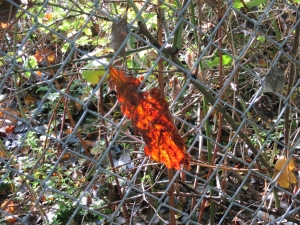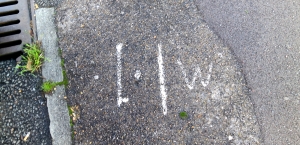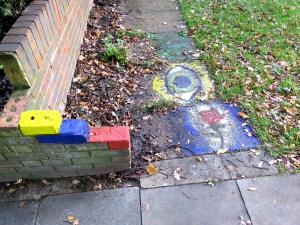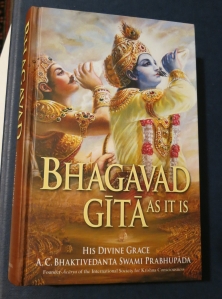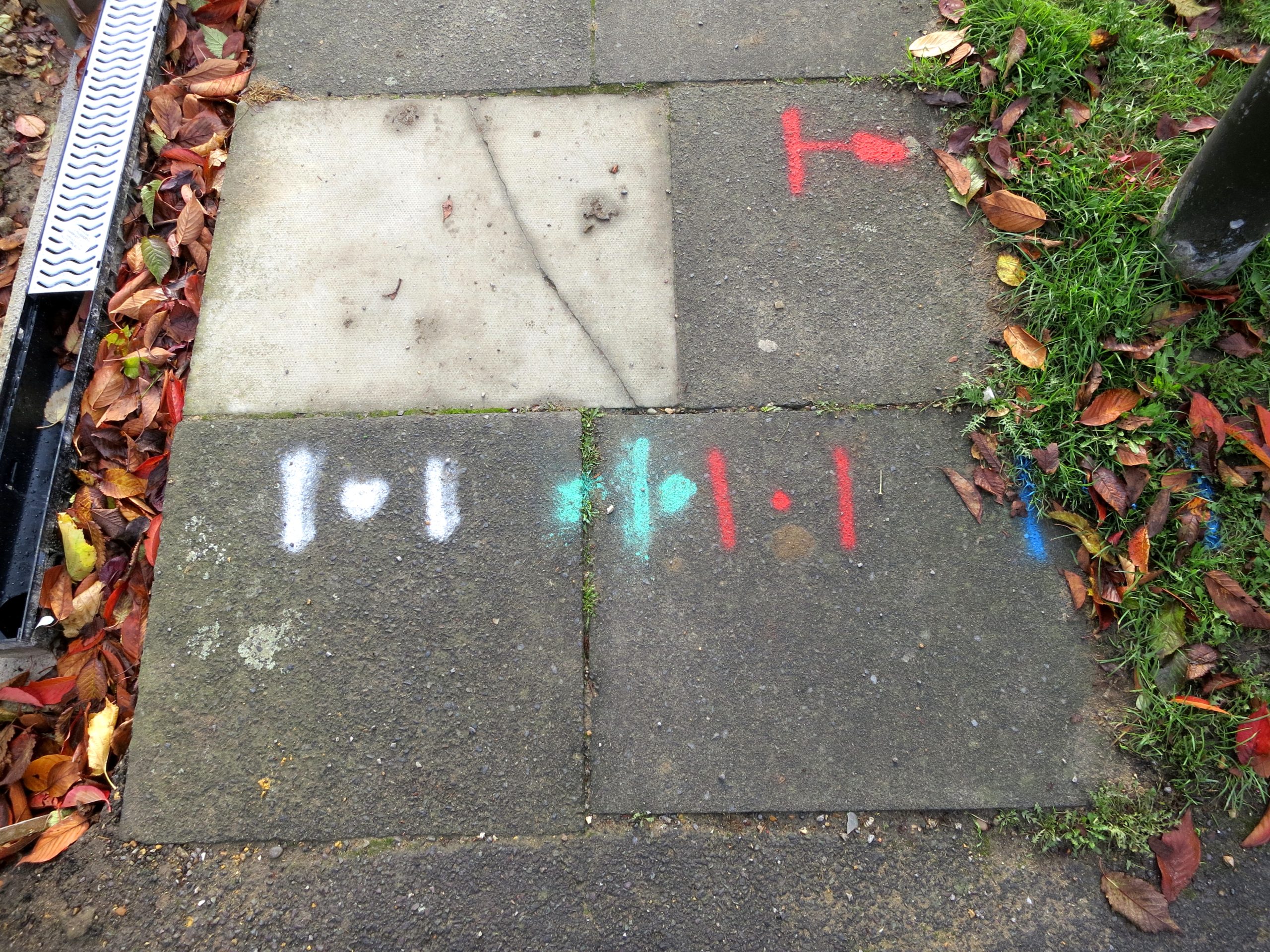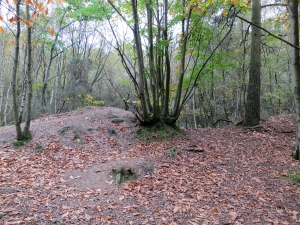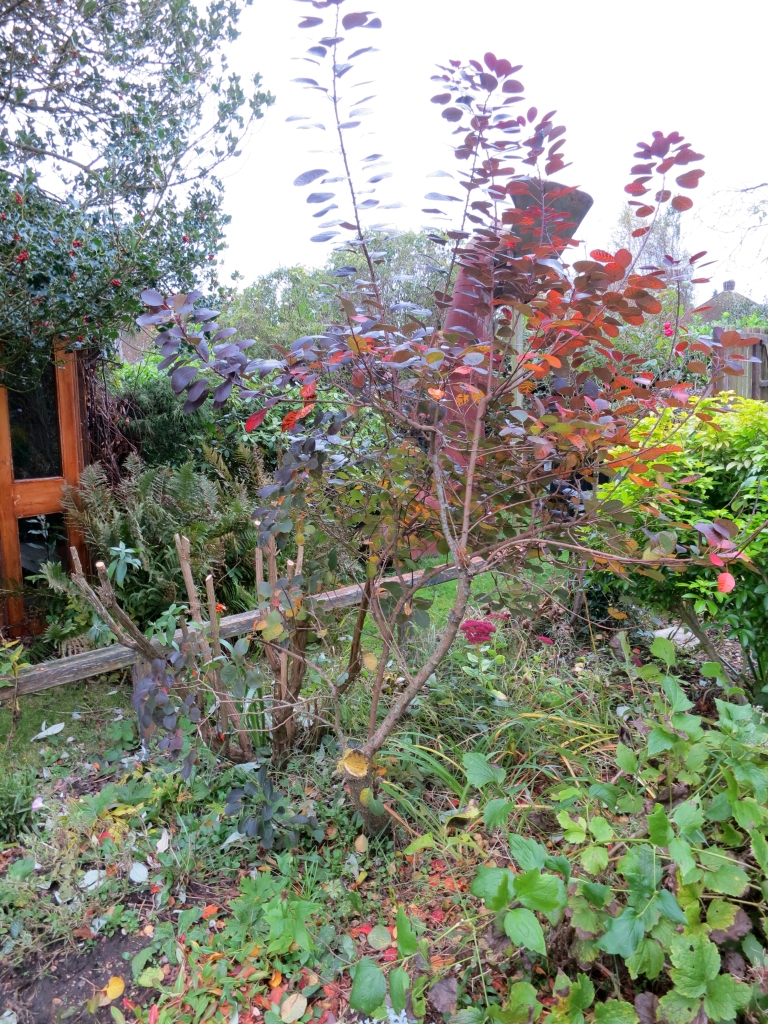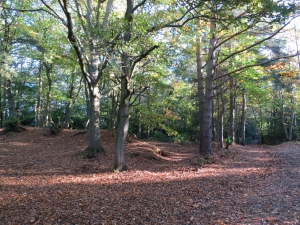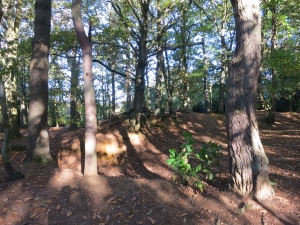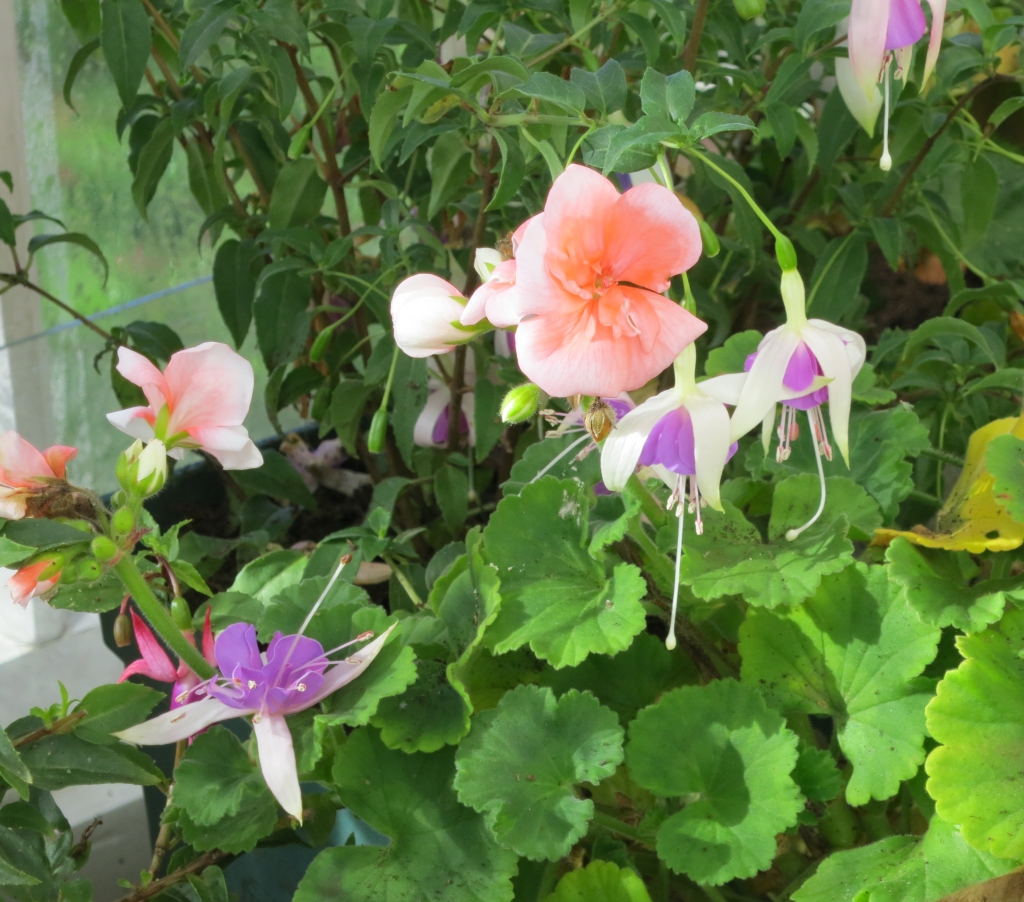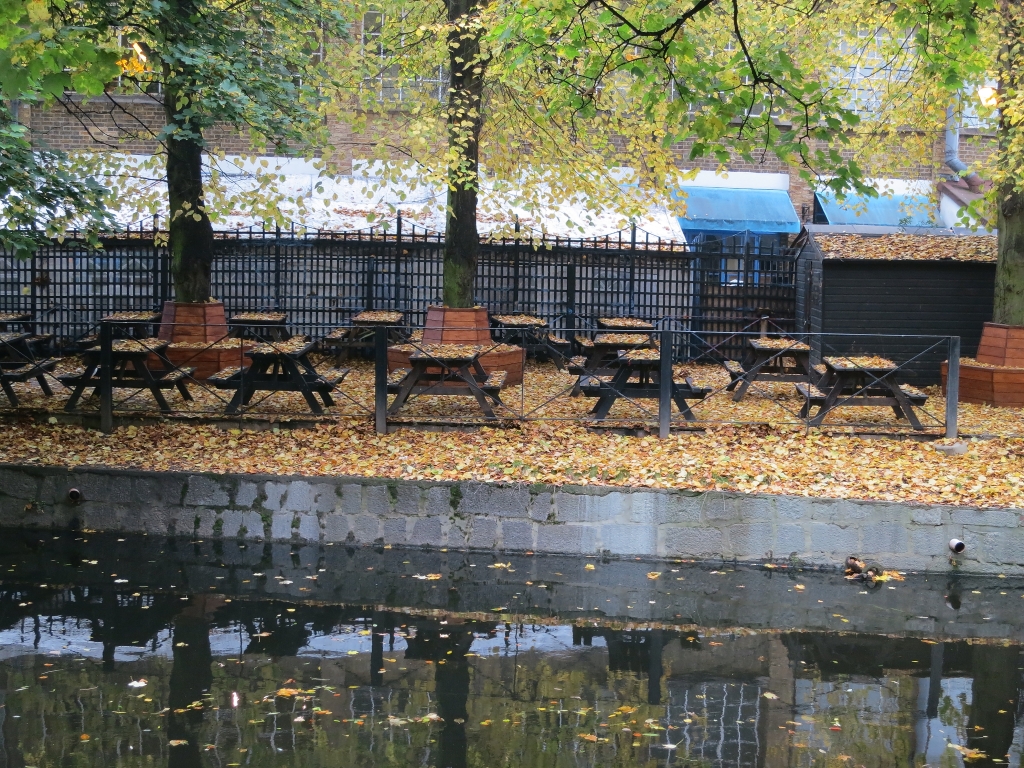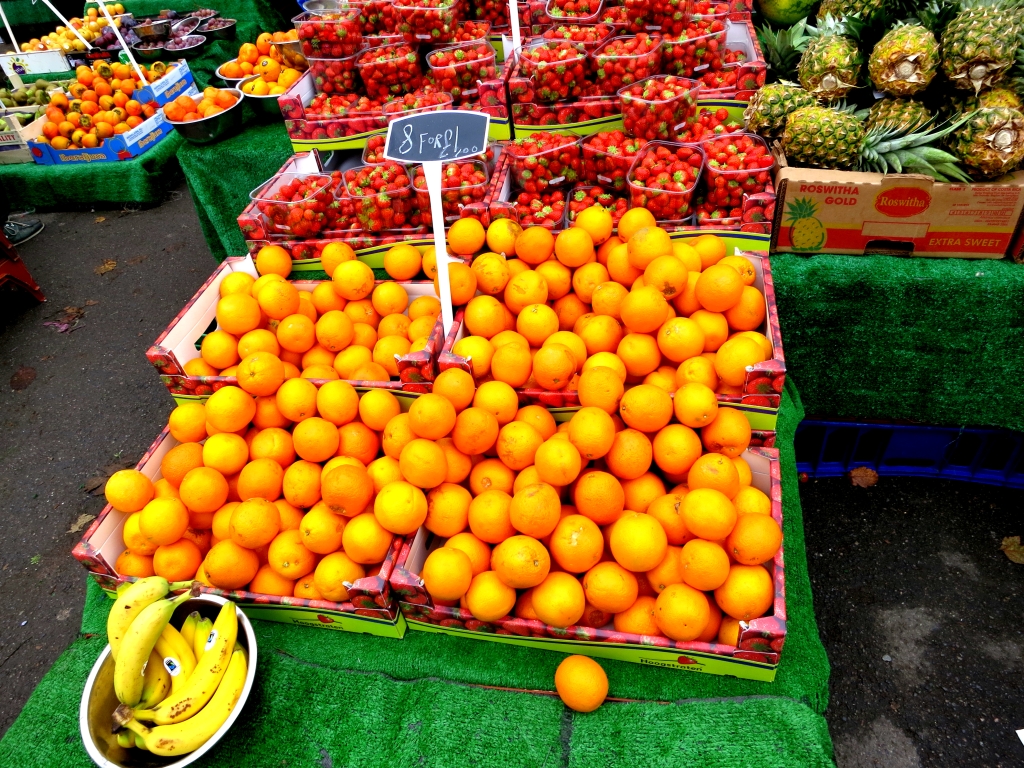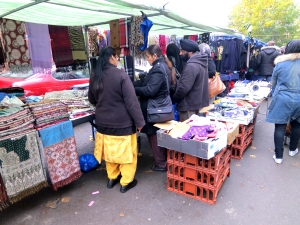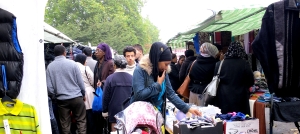This morning, contemplating my lifelong relationship with curry, I took my usual route to Colliers Wood, turned right into Merton High Street, and continued to Tooting Bec Station where I boarded a tube train back to Morden.
 Passing a hoarding on the road which forms a bridge dividing two sections of the Wandle Trail, I reflected that, as you know, Bacardi is not the nourishment with which I would choose to spice up my night.
Passing a hoarding on the road which forms a bridge dividing two sections of the Wandle Trail, I reflected that, as you know, Bacardi is not the nourishment with which I would choose to spice up my night.
Since my previous posts are peppered with curry references, I will not point these out. There will be some repetition as I put it all together. I have written of the numerous closures of English pubs, which are often transformed into Asian restaurants.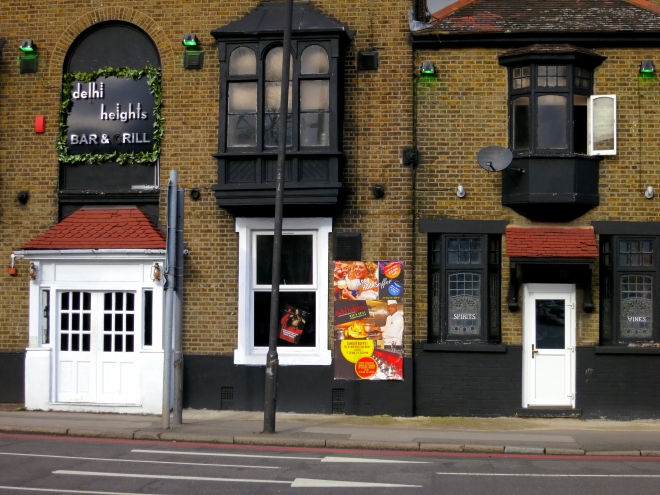 Delhi Heights in Colliers Wood manages to flourish with its fusion approach.
Delhi Heights in Colliers Wood manages to flourish with its fusion approach.
 The Sree Krishna restaurant, which I passed on the approach to Tooting Broadway, was discovered by Jessica and me during our time in Furzedown in the 1980s. We were encouraged by the fact that this South Indian establishment was frequented by indigenous doctors from the nearby St. George’s hospital. Its food remains excellent, but, good as it is, for family atmosphere and friendliness of service, it cannot match the marvellous Sri Lankan Watch Me on Morden Road. Sri Lankans were not here in the 1980s.
The Sree Krishna restaurant, which I passed on the approach to Tooting Broadway, was discovered by Jessica and me during our time in Furzedown in the 1980s. We were encouraged by the fact that this South Indian establishment was frequented by indigenous doctors from the nearby St. George’s hospital. Its food remains excellent, but, good as it is, for family atmosphere and friendliness of service, it cannot match the marvellous Sri Lankan Watch Me on Morden Road. Sri Lankans were not here in the 1980s.
The crush of crowds in Tooting Broadway rivalled Oxford Street at sales time. A young boy, bending to pick up a coin, caused a log-jam. ‘Walk properly’, cautioned his mother. ‘Nah, it’s my pound’, replied the boy, trying to avoid passers-by as he straightened up. Further on, a short man, speaking to a much taller one, was heard to utter: ‘I’ve often wished I was three inches taller, or it was three inches longer. Everyone’s got something like that’. An interesting philosophy, I thought.
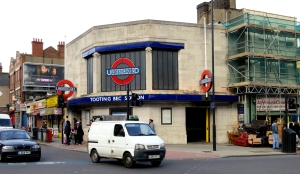 I had run past Tooting Bec station on countless occasions on my regular journey to Harrow Road in those Furzedown years.
I had run past Tooting Bec station on countless occasions on my regular journey to Harrow Road in those Furzedown years.
 Today’s title is that of Lizzie Collingham’s book which Louisa had given me and which contains the recipe for Susan’s chicken.
Today’s title is that of Lizzie Collingham’s book which Louisa had given me and which contains the recipe for Susan’s chicken.
As with so many of my life-changing directions (see post of 18th July), I have Jackie to thank for my love affair with this princess of preparations. In 1965 she introduced me to dining out, especially on her favourite food. Having married early, bought a house, and started a family, my sole experience of meals which were not home-cooked was cafe lunches funded by luncheon vouchers provided by my pre-social-work employers. When we were wed Jackie would save up the cost of a restaurant meal from her housekeeping money and we would walk up from Raynes Park to the Wimbledon Tandoori in Ridgway. During our stay in Wimbledon Village in 2011 we returned to that venue to which we introduced Becky. None of the current staff had been born in our Amity Grove years. It is now a firm favourite with Becky, and where, to the delight of those who served them, she became engaged to Ian.
The dishes of the Indian sub-continent are colourful, flavoursome, and emit a wonderful aroma. Jackie loves walking home from the Civic Centre inhaling the splendid variety of smells emanating from Morden homes. Not everyone likes the heat of chillies, but to me it is manna. It was therefore natural for me, when I began to stay overnight in my counselling room in Harrow Road, where I had my own kitchen, to learn to cook my own. This area was full of Halal shops where I could buy all the ingredients, even late at night. If the recipe called for something I didn’t have, I simply popped across the road and bought it.  The Morden Food Store has replaced those Harrow Road emporiums, and Tooting
The Morden Food Store has replaced those Harrow Road emporiums, and Tooting
Broadway now has such suppliers in abundance. 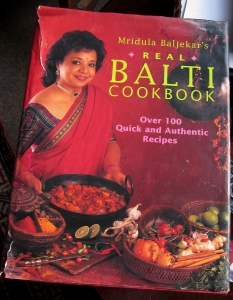 It was Jessica who bought the Balti cook book which is my curry bible, well spattered with various spices.
It was Jessica who bought the Balti cook book which is my curry bible, well spattered with various spices.
Once I grasped the basics I was able to experiment and produce my own variations. The preparation of Curried Boxing Day turkey is now a tradition in which my grandson Oliver loves to join me. Asian spices can also enhance the flavours of some traditional English dishes. Green cardomoms I find particularly beneficial in adding aromatic flavouring to stews; and garlic, not always included in our recipes, is often helpful. It was green cardomoms which upset five-year-old Oliver when I forgot to mention I had included them and he bit on one. The Italian arrabbiata makes plentiful use of chillies.
Only once have I prepared a complete meal, including the breads and complicated rice accompanying meat and vegetable dishes. I did this in Newark for our friends Jill Tattersall and Tim Cordy. I began early in the morning and it must have been 9 p.m. by the time we sat down to eat with me all in a fluster. I even made my own garlic and ginger pastes, clogging up the blender. Now I take Jackie’s advice and buy the pastes, the breads, and the samosas. ‘Why make work for yourself?’, she asks. ‘The Indian housewives don’t’. I cannot bring myself yet to use the popular sauces produced by Patak or Lloyd Grossman.
Most of what we think of as Indian restaurants are in fact Bangladeshi, almost all the staff of which originate in the Sylhet city district. I am told the influx began with sailors jumping ship in the UK. My all-time favourite is the Akash in Edgware Road, at which I have been a regular, often attending weekly, since the early 1980s.  Majid, the manager, and Shafiq, the chef have been there since its opening some forty years ago. Shafiq came third in a Westminster-wide competition, beating such famous opposition as Veereswami’s in Regent Street. It must be fifteen years since I actually placed an order, for, as soon as he sees me, Shafiq begins cooking a meal they have tailor-made for me. This is a spiced-up naga strength Haldi. A Bangladeshi restaurant in Westbourne Grove, whose full title, which I cannot remember, contains Bombay, did not change it when that Indian city reverted to its name Mumbai. When I asked the proprietor why, he replied that he was not interested in an alteration. His customers would not understand.
Majid, the manager, and Shafiq, the chef have been there since its opening some forty years ago. Shafiq came third in a Westminster-wide competition, beating such famous opposition as Veereswami’s in Regent Street. It must be fifteen years since I actually placed an order, for, as soon as he sees me, Shafiq begins cooking a meal they have tailor-made for me. This is a spiced-up naga strength Haldi. A Bangladeshi restaurant in Westbourne Grove, whose full title, which I cannot remember, contains Bombay, did not change it when that Indian city reverted to its name Mumbai. When I asked the proprietor why, he replied that he was not interested in an alteration. His customers would not understand.
Veereswami’s was the first Indian restaurant in London, having been established for the benefit of officers of the Raj on leave in their home country, yet missing the culinary delights of their adopted one. It now has a modern ambience and decor, with trendy design and staffed by waiters and managers in fashionable dress. Others who have rejected the traditional famous flock wallpaper are the Tandoori in Woolston in Hampshire, and the Shaan in Churchgate, Newark. These latter two are notable for their modern artwork and the Shaan, in particular, for the vibrant washes on its walls. The Shaan is unique in my experience in that white English waiting staff outnumber those from Bangladesh. The owner was born and brought up in Newark although he still employs native immigrants. His family run another, long established, restaurant, which survives, in my view, on reputation alone.
With certain exceptions, such as some, but by no means all, in the West End of London, these Asian restaurants present excellent value for money. Service is usually attentive, professional, and comfortable, offering napkins and finger wipes, with mints accompanying the bill. This does not apply to Mitcham’s Raj, although if you can wait several hours; bring your own napkins; ask for a drink for which the waiter can dash out to the next-door shop; try not to tear the soiled paper tablecloths; and help yourself to cutlery; you will find the food exemplary. Like Eastern Nights in Thornhill, they are dependent on takeaway meals for survival. The Akash, also has a steady takeaway trade which keeps one dedicated member of staff rushing in and out all night. This method of obtaining an evening meal has its place, for example if you have young children in bed asleep, or, as once in my case, you are suffering from a fever which only an Akash special can assuage. I prefer to sit down and be served dishes which have come straight from the kitchen.
And let us not forget that Chicken Tikka Masala has now overtaken fish and chips or roast beef as the English national dish. This has been specially adapted for us because we like our gravy.
This evening we collected our friend Sheila from her home in Tooting to eat in the Sree Krishna. It being Hallowe’en they had candlelit pumpkins on the bar, which reminded me that Majeed at the Akash always erects a Christmas Tree. Sheila drank sparkling water whilst Jackie and I had Kingfisher. The meal was first rate and the coffee was particularly good.
